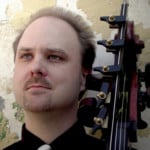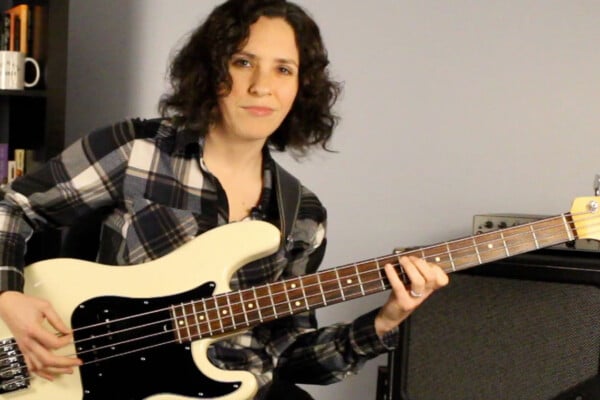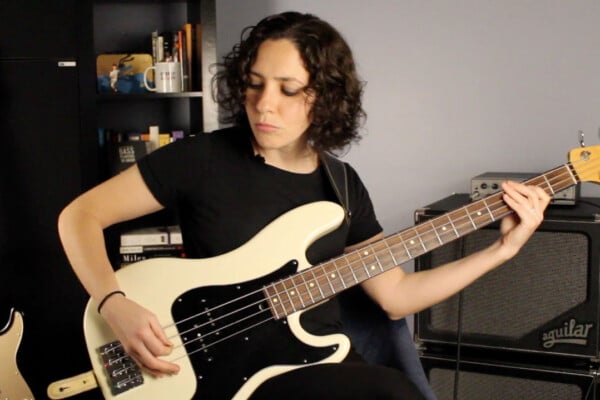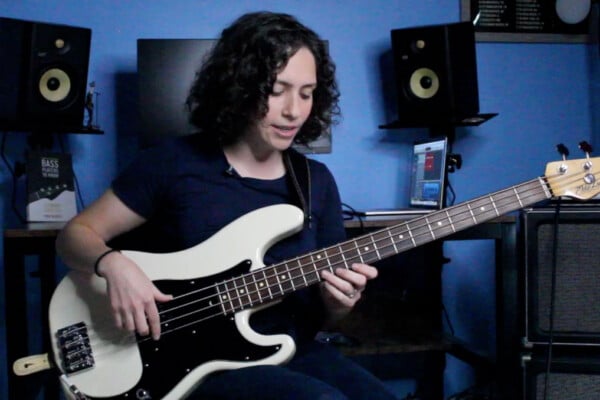Rhythm Practice: Using Rhythms to Improve a Passage, Phrase or Lick
Every so often there is a passage, phrase or “lick” that we just can’t seem to execute as well as we would like, no matter how many times we practice it under tempo. This should be a sign that we need to change our approach.
Slow practice an excellent and valuable tool, but it is just one of many ways to practice. If we hope to excel on our instrument, we will need more than a single practice technique. One fundamental approach is rhythmic superimposition, often referred to simply as “Rhythm Practice.” This is not a new practice technique, but it is an essential one that works great for moderate-to-fast passages.
Instrumental technique is simply a matter of mental command and physical response. Effortless playing of a passage requires a clear mental image and a strong mind/muscle connection. Fluency of technique is merely a result of a clear mental image and instantaneous physical response.
Many playing mistakes are the result of an ambiguous, or incorrect, mental image (of a passage or a technique), and/or a delay in the body’s response to mental commands. The most severe problems are often a result of both. Mistakes, recurrent or isolated, show us where we need to either solidify our mental image, or enhance our physical response.
Rhythm Practice helps to improve our mind/muscle connection by giving the brain/body multiple sets of timing and coordination problems to solve. By solving them, the mental image of a passage becomes clearer and body responds more quickly to the mind’s instructions.
Let’s use a passage from Koussevitzky’s bass concerto as an example of how to put rhythmic superimposition to use. Here’s how the original appears:
Although the example below is from the classical solo literature, you can use the patterns below on any passage, scale, arpeggio, lick, or melodic idea.

Many folks stumble over this particular passage for a time. Here’s how we might attack it with rhythms:
First we choose a short rhythmic figure. For example, we might start with the following, three-note rhythm:

Next, we insert the notes from the original passage into the repeated rhythmic figure. This will result in the following:
![]()
Don’t change your fingerings to suit the new rhythm, as this will defeat the purpose of this sort of practice. Use the same fingerings you plan to use in performance. Play the passage slowly at first, then faster as you are more comfortable.
The goal is to practice the rhythmic variation above until every note is in tune (fretted instruments have a leg up here!), the tone of every note is under your control, the rhythms are precise and the passage feels easy to play. Don’t move on until all of these conditions are met.
Once you have mastered the passage above, then apply a new rhythm. An obvious choice would be to reverse the rhythm above, like so:

It should sound like this:
![]()
There are an infinite number of rhythmic possibilities, but simple 2, 3 or 4 note patterns are usually more than sufficient. A common two-note rhythm to consider is:
![]()
Of course if you are using a bow for a particular passage you can do the two-note rhythm above in two ways: as separate bows, or as a “hooked” bowing. Doing it both ways is valuable.
Another option is the reverse of the last rhythm, which looks something like this:
![]()
Of course, the rhythmic figures you can use are limitless. However, as I mentioned above, I suggest keeping the rhythmic figure short: between one and four notes long.
Provided that your excerpt is challenging for you, but not entirely beyond your technical capabilities, you should see improvement after applying a few rhythmic superimpositions.
Dr. Donovan Stokes is on the faculty of Shenandoah University-Conservatory. Visit him online at www.donovanstokes.com and check out the Bass Coalition at www.basscoalition.com.




Good idea !
I would also suggest replacing the original rhythm and playing the passage in triplets (each note played three times).
This has two advantages :
1. if the original piece does not required slurred bowing, you will always attack the next note with the right bow direction – especially useful when your piece involves crossing strings.
2. you have the time to hear your intonation, but your fingers have to move as fast as in the original every time you change note.
PS This is not an original idea ; i owe it to my teacher, Pierre Feyler.